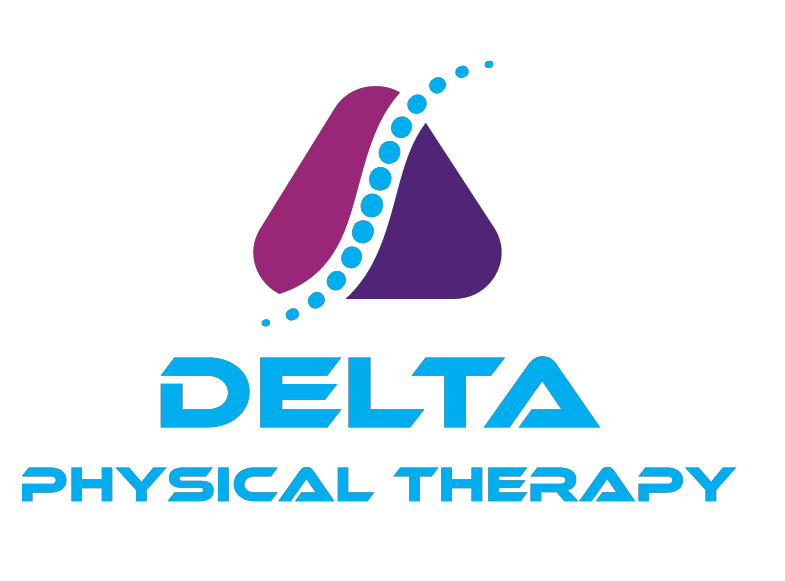Stop Ignoring It, Man: Why Quick Fixes Don’t Work — and What to Do Instead
Let’s face it. Most guys would rather walk off an injury, crack a beer, and say, “I’ll be fine” than book an appointment with a physical therapist. Shoulder acting up every time you bench press? It’ll probably go away. Back tight after sitting all day and hitting the squat rack cold? Stretching for 30 seconds counts as a warm-up, right?
We get it. The go-hard-or-go-home mentality runs deep. Even PTs can be guilty of it, too! But here’s the truth: pushing through pain or ignoring the warning signs doesn’t make you tough — it can set you up for more serious injuries down the line.
Men and the Pain Problem
In honor of Men’s Health Month, let’s talk about something that often gets brushed off: consistent, lingering pain. Studies show that men are significantly less likely than women to seek help for health issues, including musculoskeletal pain. That stiff shoulder? The achy knees? The tight lower back? Most men chalk it up to aging, a hard workout, or just being a little sore.
The problem is thats what starts as a minor irritation can quickly become a bigger issue if left untreated. We’re talking about:
Sleepless nights from shoulder pain
Skipped workouts due to knee stiffness
Back spasms that come out of nowhere
Limited range of motion that creeps in over time
The Trap of the “Quick Fix”
It’s tempting to search for a quick solution. “3 moves to fix shoulder pain” or “miracle stretch for back tightness.” We all want the magic bullet that will make the pain disappear without much effort.
Here’s the catch: quick fixes often miss the real problem. Pain is your body’s way of signaling that something is off, and it usually isn’t solved with a few reps of a trendy stretch from Instagram.
Most injuries and chronic aches result from:
Poor movement patterns
Muscle imbalances
Lack of mobility or stability
Overuse without proper recovery
Trying to patch those issues with a generic exercise might help temporarily, but it rarely offers a long-term solution. In fact, it can sometimes make things worse.
So What Actually Works?
If quick fixes don’t work, what does?
The answer is simple, but not always easy: it takes a thorough evaluation, a tailored approach for YOUR body, and consistency.
That means:
Taking time to assess what’s actually going on in your body
No rushed visits or cookie-cutter plans — just personalized, one-on-one care with your PT every step of the way.
Committing to a recovery process that builds strength and mobility over time
Learning to move better, not just more
Physical therapy isn't just for post-surgery rehab. It's a powerful tool to address the root cause of your pain and help you stay active for years to come.
A proper PT program doesn’t just focus on where it hurts — it looks at the entire human. Maybe your shoulder pain is really a posture issue. Maybe your knee pain stems from tight hips, sleep, stress, or diet. A trained PT can connect those dots in ways YouTube just can’t. That guy online isn’t looking at your posture, movement patterns, or what you did to your shoulder in the first place.
Why This Matters for Men’s Health
During Men’s Health Month, there’s no better time to challenge the idea that pain is just something you have to “man up” and live with. Staying active and healthy as you age isn’t about grinding harder — it’s about training smarter.
Ignoring that nagging pain now could mean:
Losing mobility
Missing out on your favorite sports and hobbies
Putting yourself at risk for more serious injury
Addressing pain early and consistently is what keeps you in the game — whether that’s in the gym, on the field, or keeping up with your kids.
TL;DR (Too Long, Didn’t Rehab)
Men, stop ignoring your pain. If you’ve been trying to push through pain, skipping warm-ups, or relying on one-size-fits-all YouTube fixes, consider this your wake-up call.
Pain is not a badge of honor. It’s your body asking for help. You owe it to yourself to listen.
So, this Men’s Health Month, ditch the quick fixes. Get assessed. Get educated. Build a plan. Stick with it. Because the strongest thing you can do for your health isn’t lifting heavier or running faster — it’s taking care of your body the right way.
Let’s change the way you move to change the way you live.
📍 Want to learn more about how PT supports recovery? Visit deltabatonrouge.com/
Want more tips? Follow along for more educational content and real-talk movement advice from the pros.
